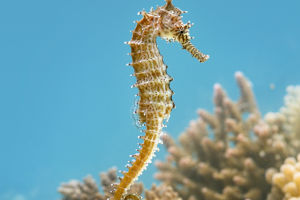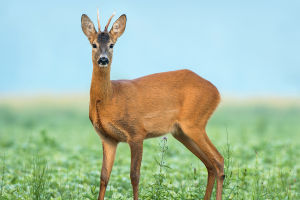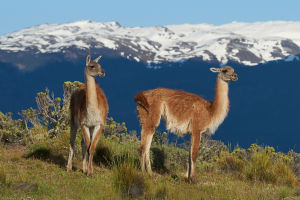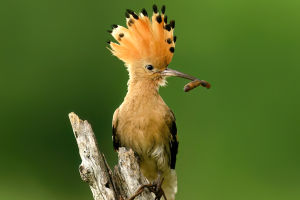
Have you ever wondered what kind of creature swims upright, looks like a horse, and lets dads carry the babies? Meet the seahorse—one of the ocean’s most fascinating and unusual animals.
Today, we’re taking you on a journey under the waves to explore how these tiny marine wonders live, move, and survive in their watery homes. Let’s get curious together!
What exactly is a seahorse?
Seahorses are small marine animals, usually between 2 to 6 inches (5 to 15 cm) long, that belong to the genus Hippocampus. Their name comes from their horse-like head shape. Unlike most fish, seahorses swim vertically and have a prehensile tail that works a bit like a monkey’s—curling around plants or corals to anchor themselves in place.
There are around 50 known species of seahorses, and they are mainly found in shallow waters along the coasts of the western Atlantic and western Pacific Oceans. They prefer warm environments filled with coral reefs, seagrasses, or sponges, where they can stay camouflaged and safe from predators.
How do seahorses swim and survive?
Seahorses have a very unique swimming style. They move upright, using their small dorsal fin on their back and even tinier pectoral fins near their head to steer. Their movements are slow and gentle, and they can drift up, down, or sideways. Unlike most fish, seahorses don’t have a tail fin or pelvic fins, so they rely heavily on their surroundings to help them stay stable.
Thanks to their hard, skin-like body surface and color-changing abilities, seahorses are experts at blending in with their environment. Their appearance can shift dramatically between youth and adulthood, and this camouflaging skill helps them avoid being eaten.
What makes seahorses so special?
Here’s one of the coolest facts—male seahorses are the ones that carry the babies. They have a fully enclosed pouch on their belly where the female deposits her eggs. Once inside, the male fertilizes the eggs and keeps them safe until they hatch. When it’s time, the babies are released into the water and must survive on their own.
After birth, baby seahorses drift with the ocean currents. As they grow, they find objects to cling to with their tails and settle into more stable homes. In some cases, adults may migrate to deeper waters to stay safe during colder months, especially when temperatures drop.
Where can we find seahorses?
Seahorses tend to live close to the ocean floor in areas with lots of things to grab onto—like coral reefs, seaweed, or sponges. These environments give them both food and protection. They are usually found in warm, shallow waters but can also move longer distances when ocean currents shift due to climate changes.
Because they’re small, slow, and rely so much on specific habitats, seahorses are sensitive to changes in the environment. That makes protecting their homes—like coral reefs and seagrass beds—very important.
Let’s protect these magical creatures
Seahorses may look delicate, but they are full of surprises. Their upright swimming, tail-gripping habits, and fatherly roles make them stand out in the marine world. But with growing threats to ocean ecosystems, including pollution and habitat loss, it’s up to all of us to help protect these tiny sea creatures.
So, Lykkers, did this seahorse journey surprise you?
We hope you’ve enjoyed swimming through the world of seahorses with us today. These fascinating creatures prove just how incredible and unexpected nature can be. If you’ve ever seen a seahorse in an aquarium or while snorkeling, let us know what you thought! Or maybe this article made you curious to learn more about other ocean animals?
Drop a message—we’d love to keep the conversation going with you!
Seahorses: The Most Mysterious Creatures on Earth
Video by ZoneA


